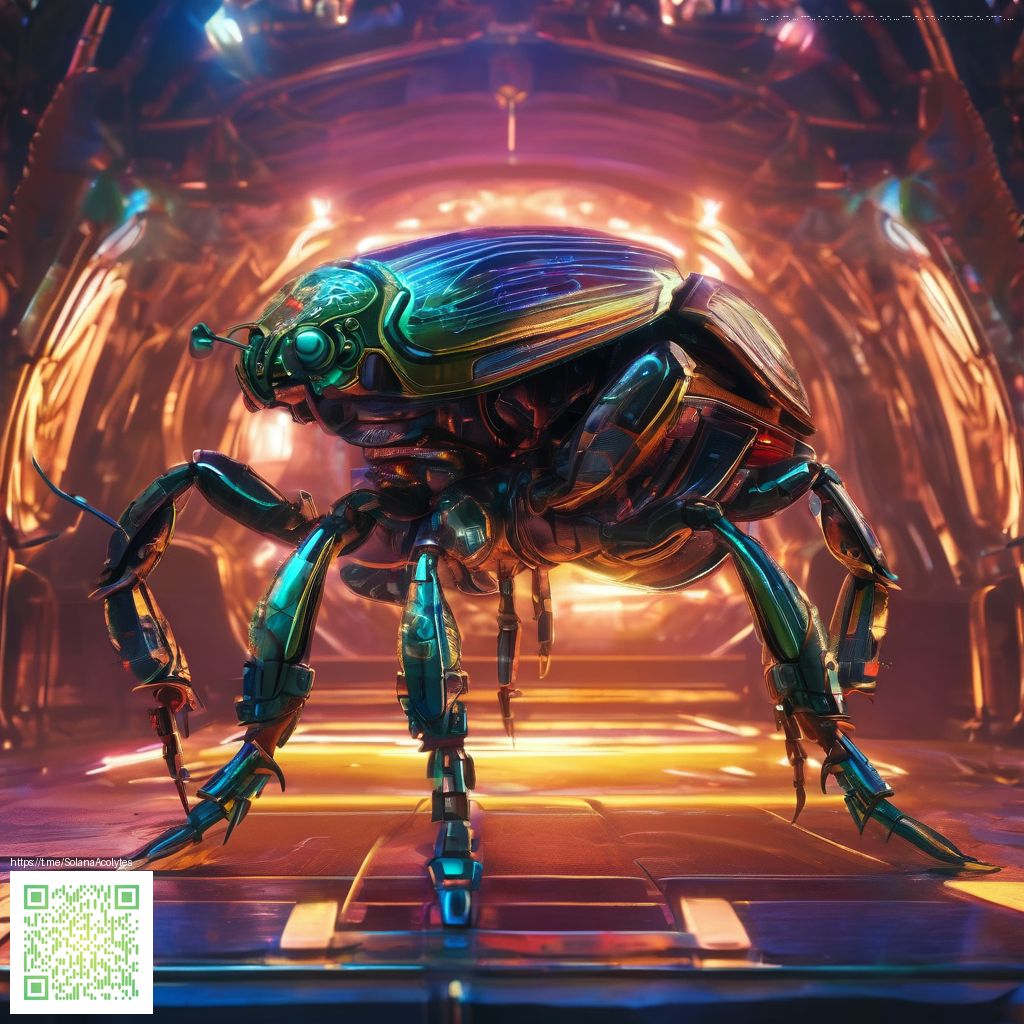
Can Satellite Data Models Detect Brambles on the Ground?
The idea of using satellite imagery to map brambles—those thorny, often sprawling patches of Rubus species—appeals to land managers, farmers, and ecologists alike. Brambles can influence crop yields, wildlife habitat, and even biosecurity, so knowing where they dominate an landscape from space seems like a powerful tool. Yet the question remains: can a model trained on satellite data truly distinguish brambles from other vegetation and ground features with reliable accuracy?
What makes brambles hard to spot from space?
- Resolution limits. Traditional satellites capture images at 10–30 meters per pixel (though newer sensors push closer in), whereas bramble patches can be small, irregular, and interspersed with open ground, making them a small target within a pixel.
- Spectral similarity. Brambles blend with other shrubs and dense grasses. Their spectral signatures often overlap with hedgerows, trees, or regenerating vegetation, especially during certain seasons.
- Seasonality and occlusion. Leaf-on versus leaf-off periods change reflectance dramatically. Shadows from terrain and canopy structure can obscure understory brambles, complicating detection.
- Ground-truth complexity. Labeling brambles on the ground is labor-intensive and region-specific. Without robust, high-quality ground data, models struggle to generalize across landscapes or land-use types.
What data and methods help us push the envelope?
Several factors determine whether satellite-based models can effectively identify brambles on the ground. The most influential are data resolution, spectral richness, temporal depth, and modeling strategy.
- Spatial resolution Higher-resolution imagery—from around 3–5 meters per pixel—drastically improves the ability to isolate patches of brambles, especially in mosaic landscapes. When only coarser data are available, detecting brambles becomes a probabilistic game, often focusing on likely hedgerows or dense patches rather than precise boundaries.
- Spectral richness Multispectral sensors that capture red, green, blue, near-infrared, and shortwave bands help differentiate vegetation structure and cover. Hyperspectral data, when accessible, can reveal subtle differences in leaf chemistry and canopy structure that may hint at bramble presence.
- Temporal depth Time-series analysis enables models to exploit phenological patterns. Brambles may green up and senesce at different rates than surrounding vegetation, creating detectable change signals across seasons.
- Data fusion Combining optical imagery with synthetic aperture radar (SAR) or LiDAR-derived metrics can improve discrimination. SAR responds to structure and moisture, while LiDAR provides vertical canopy information—both useful for teasing apart shrub thickets from tree canopy and open ground.
- Modeling approach Object-based or high-capacity deep learning methods can capture spatial context, texture, and patch geometry more effectively than simple pixel-wise classifiers. Still, they demand richer training data and careful validation to avoid overfitting to a single site.
A practical workflow for researchers and practitioners
If you’re exploring bramble detection from satellite data, here’s a grounded, adaptable workflow that balances rigor with practical constraints:
- Acquire appropriate imagery Seek data with the finest feasible resolution for your area of interest and a multispectral set that includes red-edge bands if possible. Ensure images are atmospherically corrected and cloud-free for the chosen windows.
- Build robust ground truth Invest in field surveys or drone-based mapping to label bramble patches, hedgerows, and non-bramble vegetation. Use consistent criteria across sites to enable transfer learning.
- Preprocess and segment Normalize radiance, apply noise-reducing filters, and consider an object-based segmentation step to create meaningful candidate patches rather than relying on single pixels.
- Experiment with models Start with interpretable classifiers (random forest, gradient boosting) and then explore convolutional neural networks or transformer-based models that can leverage spatial context. Use temporal features to exploit seasonality.
- Validate rigorously Apply cross-site validation to test transferability. Report confusion matrices, precision/recall for bramble classes, and spatially explicit error maps to understand where the model succeeds or fails.
- Interpret and deploy Use model explanations to identify which spectral bands or textures drive decisions. When deploying, pair predictions with ground truth checks and update the model as new ground data become available.
“Ground-truth is the compass.” It’s tempting to chase a perfect remote signal, but reliable bramble detection hinges on high-quality field data to anchor the model’s understanding of what brambles look like across landscapes.
What gains, and where to be cautious
In the best-case scenarios, satellite-based models can map bramble-rich zones, monitor spread over growing seasons, and inform management practices such as targeted mowing, biocontrol release, or habitat restoration planning. The gains are clearest in regions where brambles form dense belts or hedgerows that align with roadsides or field margins, and where data resolution supports meaningful patch delineation.
However, caution is essential. Overreliance on spectral signatures alone can mislead, especially where brambles mingle with other shrubs or where canopy structure changes due to weather or disease. Practical implementation should emphasize a calibrated, iterative process: begin with higher-resolution data, validate with local ground truth, and continually refine with new observations.
Looking forward
The frontier includes increasingly accessible high-resolution satellites, hyperspectral sensors, and multi-sensor data fusion that blends optical, radar, and structural information. As models evolve to incorporate ecological context and phenology, the possibility of reliably flagging brambles from space becomes more tangible—yet it remains a problem that benefits from a disciplined blend of domain expertise, good data, and thoughtful modeling.